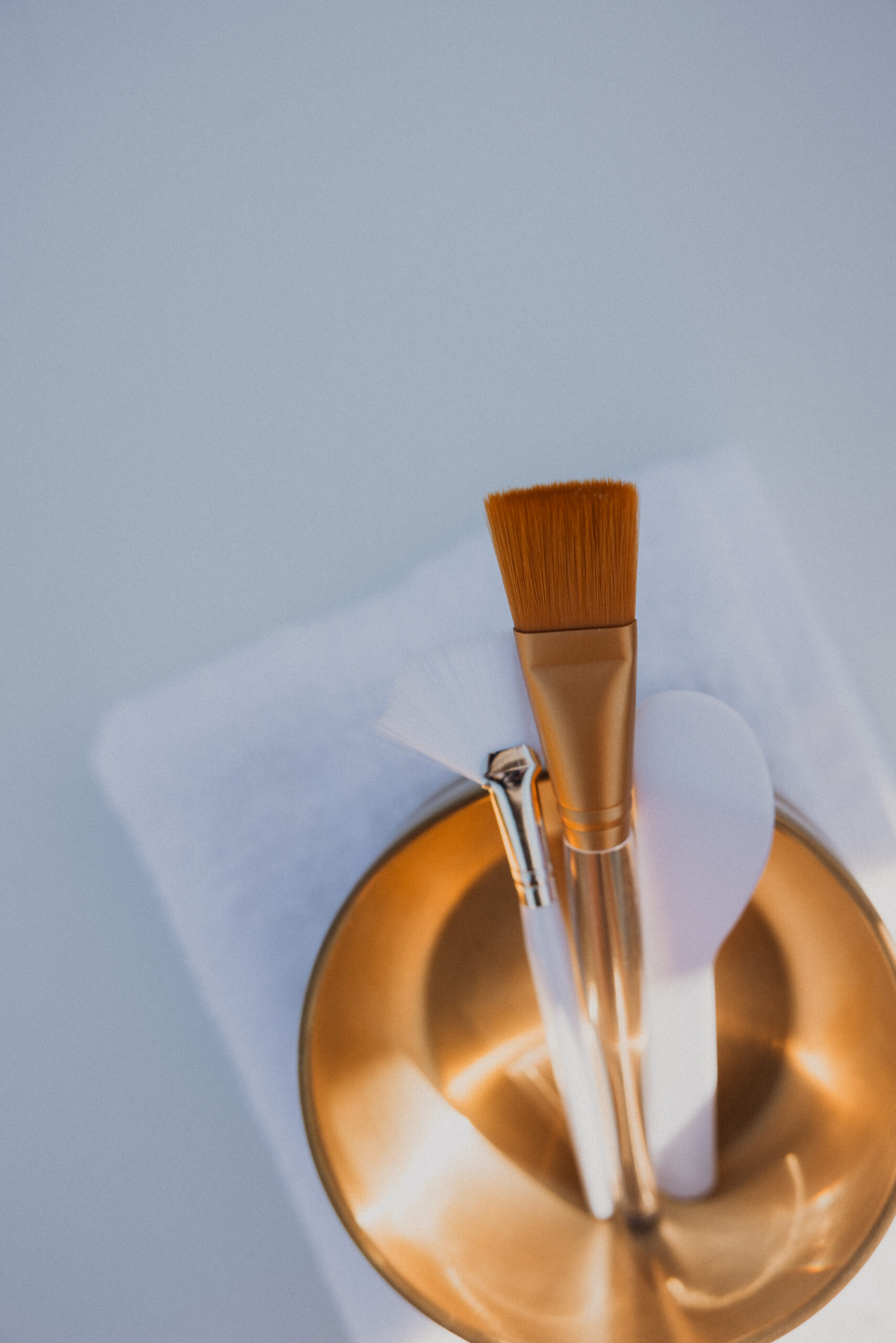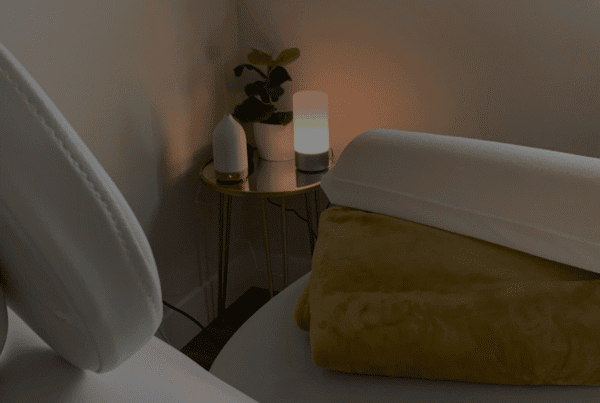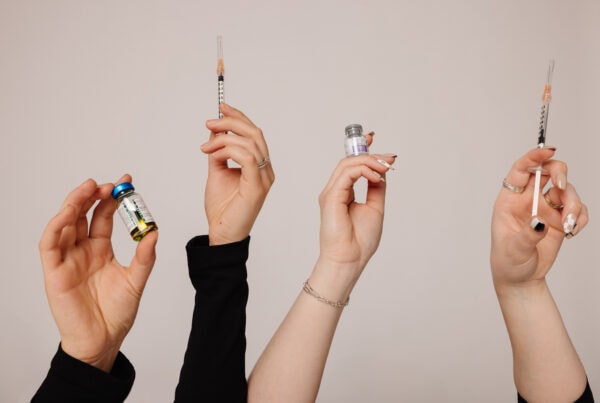If you want faster, predictable improvement in texture, pigment, acne scarring and photo damage without months of downtime, the VI Peel is a real option — not a gimmick. It’s a medical-grade chemical peel used in physician-led clinics and medspas that reliably resurfaces skin when combined with appropriate preconditioning and medical-grade home care. Here’s the down-and-dirty on what it does, how it feels, what actually happens during recovery, and how we use it at True Body.
What the VI Peel actually is:
The VI Peel is a blended chemical peel (multiple acids + supportive agents) formulated to remove damaged superficial layers, stimulate cellular turnover, and improve collagen remodeling over weeks. It’s stronger than OTC peels but much gentler than aggressive full-face ablative lasers — a balance many patients like because results are visible without surgical risk.
Who is a good candidate:
Sun-damaged skin, brown spots, early melasma (with proper preconditioning). Acne and post-inflammatory hyperpigmentation or mild-to-moderate acne scarringFine lines, dull texture, and uneven tone
Not a candidate: active skin infections (cold sores, impetigo), pregnancy, recent isotretinoin (generally within 6–12 months — provider decision), and poorly controlled autoimmune disease. We screen thoroughly.
The treatment in plain steps:
1. Medical assessment and photo documentation.
2. Optional preconditioning (topical retinoid/pigment control) for pigment cases.
3. Cleanse and degrease the skin in clinic.
4. Provider applies VI Peel solution evenly. Expect 2–6 minutes of tingling/burning.
5. Neutralize or remove as directed; procedure takes ~20–30 minutes. You walk out the same day.
Realistic timeline (what your calendar will look like)
Day 0 (treatment): Redness, warmth, slight tightness. Minimal social downtime unless you’re very reactive.
Days 1–3: Redness subsides; skin feels dry and tight. Continue gentle barrier care.
Days 3–7: Peeling is typically most obvious here — flaking and sheet-like peeling. This is intentional and necessary for results.
Days 7–14: Peeling finishes, new smoother skin appears. Avoid heavy makeup until skin settles.
6–12 weeks: Collagen remodeling and pigment clearing continue. Most patients see best results in this window. Repeat as recommended (often 1–3 sessions depending on goals).
Prep (non-negotiable for best outcomes)
Stop strong topicals (retinoids, AHAs/BHAs) as advised — commonly 3–7 days prior; follow your provider’s plan.
Use SPF daily for at least 2 weeks prior and afterwards.
Treat or suppress cold sores if you have a history (antiviral prophylaxis).
For melasma/pigment cases, start a preconditioning program (e.g., hydroquinone/retinoid) under provider guidance.
Aftercare (be religious about this)
Gentle cleanser; avoid scrubbing.
Use the occlusive balm/ointment your provider gives for 48–72 hours.
No picking — allow natural shedding. Picking increases scarring and pigment issues.
Strict sunscreen and sun avoidance for 2–4 weeks.
Avoid other aggressive treatments (lasers, waxing, microdermabrasion) for 10–14 days unless cleared.
Possible risks (be honest)
Common: prolonged redness, extended peeling, temporary dryness.
Less common but important: post-inflammatory hyperpigmentation (especially in darker skin tones), hypopigmentation, infection or cold sore reactivation. Proper screening and preconditioning reduce these.
How we stack it at True Body
We pair VI Peel with medical-grade home care (Hydrinity/ZO products), optional topical peptides, and timed in-office procedures — that combination is what turns a “good” peel into a reliably great result.
Bottom line
A VI Peel is a powerful, efficient tool for improving skin quality with predictable downtime — when done by an experienced clinician with proper prep and aftercare. If you want a predictable, noticeable improvement without invasive procedures, this is worth a consult.
Book a True Body skin consultation to see whether a VI Peel plus a tailored home regimen is right for your skin type and goals.





